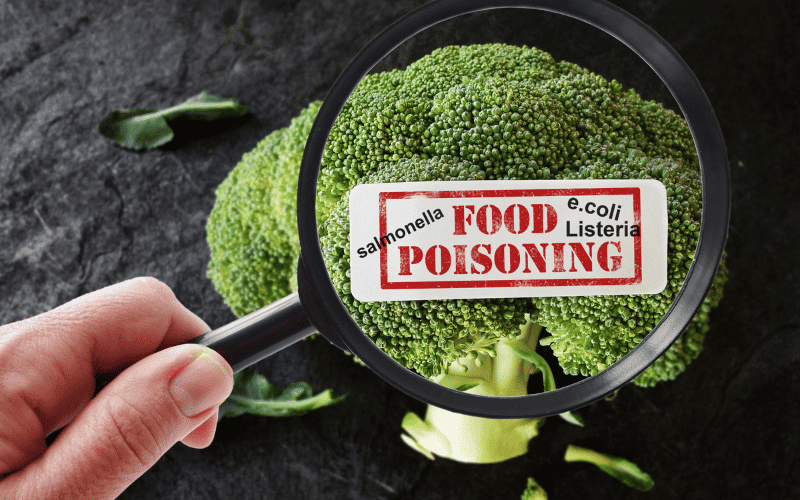Introduction: Exploring the Top Food Poisoning Symptoms and Their Implications
Food poisoning (Foodborne Illness) affects countless individuals worldwide every year. Being knowledgeable about the symptoms can help you identify the issue and seek appropriate treatment in a timely manner. In this extensive article, we will delve into the top 10 symptoms of food poisoning, their implications, and potential treatments.
Foodborne illnesses can be caused by various bacteria, viruses, and parasites. Common culprits include Salmonella, E. coli, and norovirus. These pathogens can contaminate food at any stage of production, from farm to table. Consuming contaminated food leads to an array of unpleasant symptoms, which we will explore in detail throughout this article.
Food poisoning can strike anyone, regardless of age, gender, or general health. However, certain populations are at a higher risk of experiencing severe symptoms. These include young children, the elderly, pregnant women, and those with compromised immune systems. By understanding the signs of food poisoning, these vulnerable groups can be better protected and seek medical intervention when necessary.

It is crucial to recognize that food poisoning can result from various sources. Contaminated foods often include undercooked meat, poultry, seafood, and eggs, as well as unwashed fruits and vegetables. Additionally, improper food handling, storage, and preparation can contribute to the growth and spread of harmful pathogens. Maintaining proper food safety practices is essential in reducing the risk of foodborne illness.
While many cases of food poisoning are relatively mild and resolve on their own within a few days, some instances can be severe and even life-threatening. Knowing when to seek medical attention is essential in preventing complications and ensuring a full recovery. Prompt treatment can also help to reduce the duration and severity of symptoms.
In the sections that follow, we will discuss each of the top 10 symptoms of food poisoning. We will also examine potential causes, risk factors, and treatments for each symptom, as well as offering guidance on when to seek medical care. By arming yourself with this knowledge, you can better recognize foodborne illness and take appropriate action to safeguard your health and well-being.
Symptom 1: Nausea and Vomiting – The Body’s Purge Mechanism
Nausea frequently serves as the initial indication of food poisoning and can rapidly progress to vomiting. This is your body’s method of attempting to expel the harmful substances responsible for the illness. Vomiting may occur shortly after consuming contaminated food, but it can also take hours or even days to manifest.
Different pathogens may cause varying degrees of nausea and vomiting. For example, norovirus is known to cause sudden and severe vomiting, whereas other pathogens may result in more gradual onset of symptoms. It’s important to note that the severity and duration of vomiting can vary significantly from person to person, even within the same outbreak.
Treatment for nausea and vomiting typically involves managing symptoms and maintaining hydration. Sipping on clear fluids, such as water or electrolyte replacement drinks, can help replenish lost fluids. Over-the-counter medications like bismuth subsalicylate or antacids may provide some relief, but you should always consult with a healthcare professional before taking any medication.